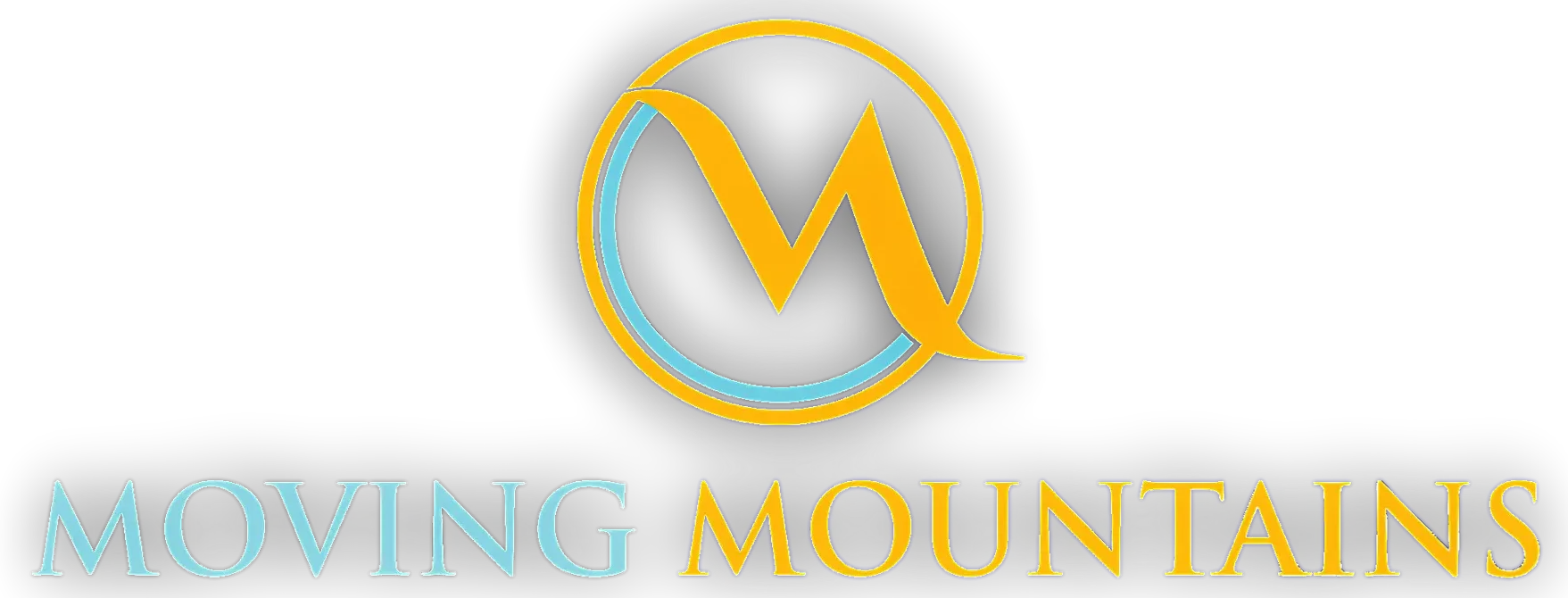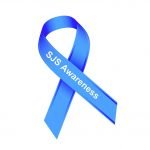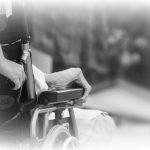Tools to Help with Cerebral Palsy

Cerebral palsy is a neurological disorder that affects movement, muscle tone, and coordination. Individuals with cerebral palsy often face significant challenges in their daily lives, from mobility and communication to education and employment. Fortunately, advances in technology have led to the development of various tools and assistive devices that can greatly improve the quality of life for people with cerebral palsy. In this article, we will explore some of the most effective tools and technologies available to help individuals with cerebral palsy.
Assistive Technology for Communication
One of the most significant challenges faced by individuals with cerebral palsy is communication. Many people with cerebral palsy have difficulty speaking or writing due to muscle weakness or coordination problems. Fortunately, there are several assistive technologies that can help.
Augmentative and Alternative Communication (AAC) Devices: AAC devices are designed to help individuals with cerebral palsy communicate more effectively. These devices can range from simple picture communication symbols to complex electronic devices that generate speech.
Speech-Generating Devices (SGDs): SGDs are electronic devices that produce synthesized speech. They can be used to communicate a wide range of messages, from simple phrases to complex sentences.
Eye-Tracking Technology: Eye-tracking technology allows individuals to control a computer or communication device with their eyes. This can be particularly helpful for individuals with severe physical disabilities.
Mobility and Accessibility Tools
Mobility is another significant challenge faced by individuals with cerebral palsy. Fortunately, there are several tools and technologies that can help improve mobility and accessibility.
Wheelchairs and Mobility Scooters: Wheelchairs and mobility scooters can greatly improve mobility and independence for individuals with cerebral palsy.
Exoskeletons and Orthotics: Exoskeletons and orthotics are wearable devices that can help improve mobility and reduce muscle fatigue.
Smart Canes and Walking Aids: Smart canes and walking aids can provide additional support and stability for individuals with cerebral palsy.
Educational and Therapeutic Tools
Individuals with cerebral palsy often require specialized education and therapy to reach their full potential. Fortunately, there are several tools and technologies that can help.
Adaptive Computer Technology: Adaptive computer technology, such as specialized keyboards and mice, can help individuals with cerebral palsy access educational resources and participate in online activities.
Therapeutic Software: Therapeutic software can be used to improve cognitive and motor skills in individuals with cerebral palsy.
Virtual Reality (VR) and Augmented Reality (AR) Therapy: VR and AR therapy can be used to improve motor skills, balance, and coordination in individuals with cerebral palsy.
Daily Living Tools
Individuals with cerebral palsy often require assistance with daily living activities, such as dressing, grooming, and feeding. Fortunately, there are several tools and technologies that can help.
Adaptive Utensils and Tools: Adaptive utensils and tools, such as specialized cutlery and dressing aids, can make daily living activities easier and more manageable.
Smart Home Technology: Smart home technology, such as voice-controlled lighting and temperature control, can improve independence and convenience for individuals with cerebral palsy.
Personal Care Assistive Devices: Personal care assistive devices, such as bathing aids and toileting aids, can improve hygiene and dignity for individuals with cerebral palsy.
Conclusion
Cerebral palsy is a complex and challenging condition that requires a comprehensive and multifaceted approach to management. Fortunately, advances in technology have led to the development of various tools and assistive devices that can greatly improve the quality of life for individuals with cerebral palsy. By leveraging these tools and technologies, individuals with cerebral palsy can improve their communication, mobility, education, and daily living activities, and live more independently and fulfilling lives.












